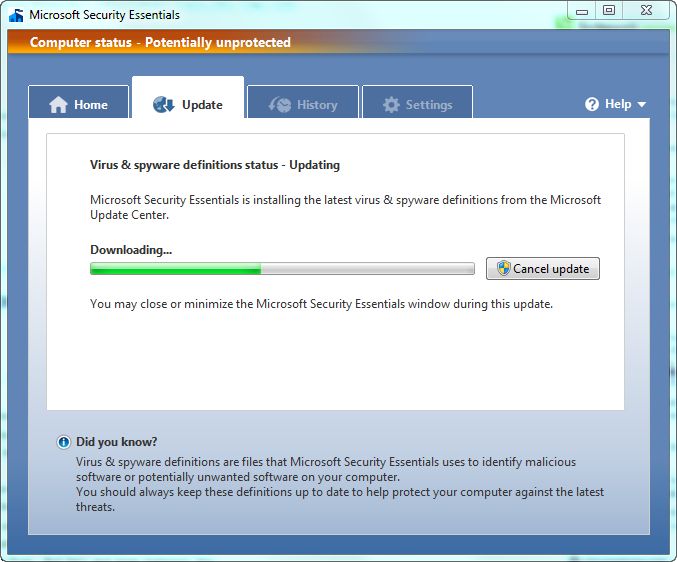Malware threats for PCs on the decrease
Macs and mobiles not so lucky

A new malware report from Kaspersky Labs shows a large rise in the number of total malicious programs on file, but a flattening of the numbers of new malware.
The report identified some 15 million new malicious programs in 2009, which is a very slight increase over the previous year. However, the number of malicious files in the Kaspersky collection leapt to almost 34 million, up 50 per cent on 2008.
The report lists several reasons for the changes: "The malware boom of 2008 was due not only to the rapid evolution of virus writing in China, but also due to the evolution in file-infecting technologies, which resulted in an increase in the number of unique malicious files.
"An amalgamation of attack vectors used, with a shift towards attacks on web browsers, also played a role.
"All these trends were maintained in 2009, but the increase in the number of malicious programs slowed significantly."
The drop in numbers has been attributed to gaming companies working to eliminate gaming Trojans, a drop in profits for cybercriminals, and successful efforts by law enforcement, antivirus companies and the telecoms industry.
More sophisticated crime
Sign up to the TechRadar Pro newsletter to get all the top news, opinion, features and guidance your business needs to succeed!
Kaspersky did admit that cybercriminals have become more sophisticated, with an increase in rootkit and bootkit malware, often spread via infected websites. TDSS and Clampi malware also represented innovations in cyberattacks, and the spread of the notorious Conficker worm represented a new threat.
When it comes to fraud, the report marks Russia as the leader, from phishing to sites offering services that are never provided.
There has also been an increase in incidences of mobile and Mac OS malware. So Apple owners won't be able to look smug for much longer.